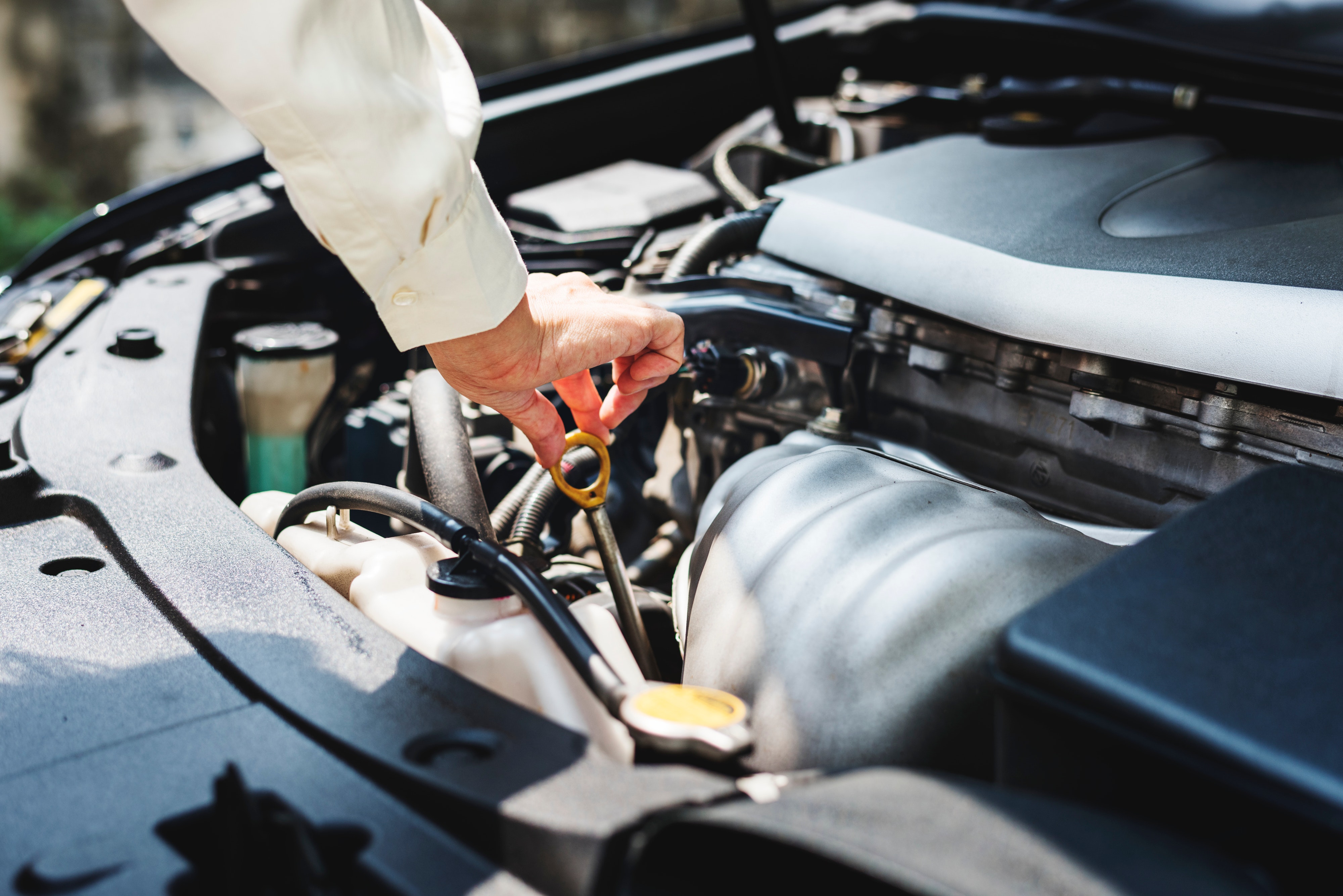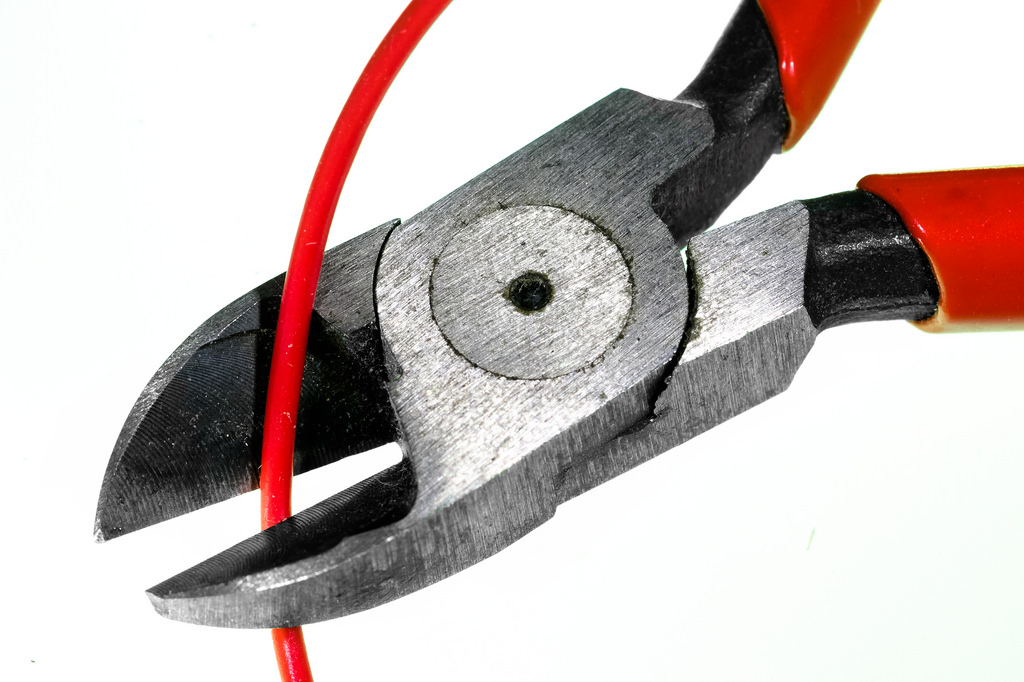This website uses cookies so that we can provide you with the best user experience possible. Cookie information is stored in your browser and performs functions such as recognising you when you return to our website and helping our team to understand which sections of the website you find most interesting and useful.
A professional crimp is the foundation of a quality termination. While it may look simple from the outside, there’s a lot that goes on before, during and after the squeeze and pinch. In fact, there are six steps that engineers should consider during the process.
The importance of crimping
An electrical crimp is a solderless joint that presses together multiple wires by deforming them into one another. An expert quality crimp is gas-tight, to keep oxygen and moisture from corroding the metals, and strong due to it being a single, moulded material with no breaks or joints.
Mastering the basics of crimping is crucial in the world of specialist electric vehicles. Specialist EVs often have to work in tough, unpredictable and volatile environments, putting components through their paces. Quality crimps ensure terminals can withstand these tough conditions. Add to that the high voltage nature of EVs, where improper crimps could mean the difference between safe power transfers or fatal errors, and the importance of good crimps have never been more important. So how can we ensure quality every time?
Trained personnel
No engineer should be expected to work with specialist equipment in potentially dangerous environments without approved training. No matter the quality of your tools and material, they will count for little if the person wielding them isn’t able to handle them. Even following documentation for correct crimping takes time and understanding, and without the right person on the job, a quality connection will never be achieved. This is not just a matter of wanting the best possible job, but also ensuring that both personal and future users of the equipment are safe from high voltage errors.

Wire
It should stand to reason that if the purpose of a crimp is to fuse wires, then employing the correct wire is absolutely vital. Before performing a crimp, ensure that wire is the right size and type for the expected power requirement and that it has been properly prepared for the task at hand.
The power requirement of your wire can typically be identified using either American Wire Gauge (AWG) – where the value grows larger as the wire size decreases – or Metric, which is measured in mm2 to consider the area of the conductor, and where value grows as wire diameter increases.
Terminals
Before selecting a terminal, first consider the insulation thickness of your wire, as it will impact how your terminal should be configured. Insulation is often decided by the voltage, temperature or environmental requirements of the job – which is especially important in high voltage EVs. Of course, the wire must also be properly prepared, with an even square cut that contains no nicks or strands, as improper stripping on the insulation can result in a poor termination.
Terminals themselves are available in many variations, including open and closed barrel receptacle, ring tongue, tab, pin and socket. Regardless of the terminal choice, a good crimp will see the wire barrel completely and evenly enclosing the wire. No cavities or strands should be left loose.
Specialised high voltage equipment
High voltage environments are especially dangerous if crimping is done wrong. As such, there is a range of products that are designed for high voltage applications such as hybrid and electric vehicles. These include wires that run from 16mm2 to 120mm2, to specialised stripping and crimping tools.

Tooling
Even the best engineers can only be expected to complete a job if they have the right tools. This is no different when crimping.
Hand tools are ideal for prototyping, and projects at their earliest stages. They are suitable for crimping all pin and socket terminal sizes and replicating any crimps that have been applied by a harness manufacturer. All hand tools Dalroad offer have a fully closing mechanism ensuring that a full crimping cycle is completed – meaning there’s far less chance of human error.
Automated tools, on the other hand, require a bench-top to work from and provide guarantee accuracy, fast and consistent crimping when higher production volumes are called for. . They use pneumatic power to crimp the terminals, many feature footswitches for control, and easy to change dies and locators for whatever size of cable you’re working with.
The EV sector is continuously evolving and there is a wide array of specialist components, toolings and connectors, headers, terminals and relays for every aspect of crimping. You can keep in-the-know with the latest resources from Dalroad.
Documentation
Documentation should be on hand for any job that requires termination and will provide information such as crimp height, insulation diameter and wire strip length. No matter how experienced or confident you may be, do not commence a termination without this information.
Inspection
Once a crimp has been completed, the first thing you should be able to notice is if there is any damage or deformation along the wire or on the terminal. Measuring the crimp height against parameters shown in the crimp documentation will give you a non-destructive way to continuously check if a termination is in proper working order. Another option is to take micro-graphic cross sections from along the conductor crimp, as this will give you visible confirmation that a wire is covered with no deviating strips or gaps.

